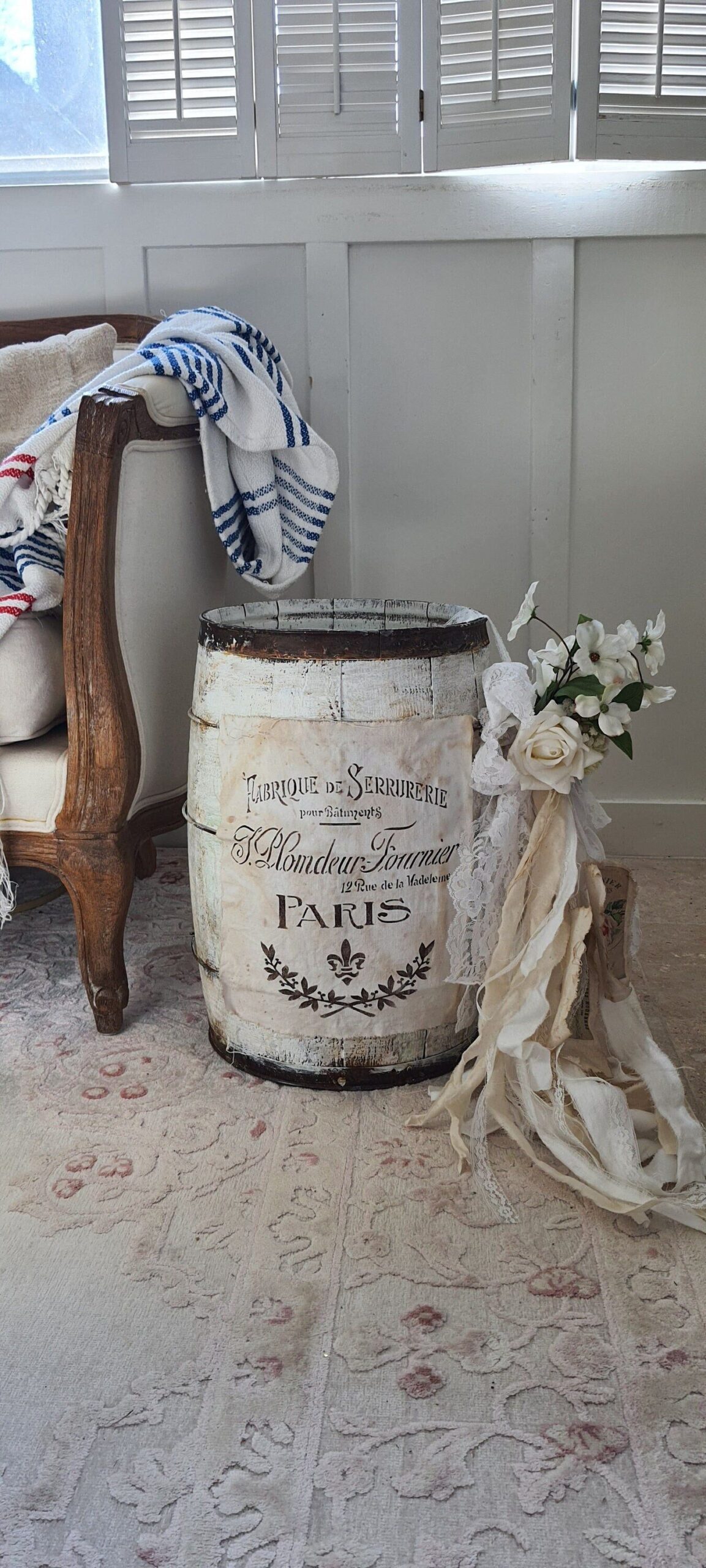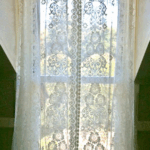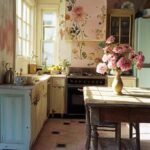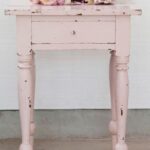
Discovering Shabby Chic is like stepping into a world of vintage charm and rustic elegance. This interior design style combines the old with the new, blending antique furniture, distressed finishes, and delicate pastel colors to create a cozy and inviting atmosphere. The hallmark of Shabby Chic is its emphasis on soft, romantic touches like lace, floral patterns, and vintage textiles, which give a space a warm and lived-in feel. Popularized by designer Rachel Ashwell in the 1980s, Shabby Chic has since become a beloved style for those who appreciate the beauty of imperfection and the nostalgia of days gone by. Whether you’re looking to revamp your entire home or simply add a few Shabby Chic touches to your decor, this timeless style will bring a touch of vintage charm to any space.
There is something undeniably charming about the shabby chic design style. With its mix of vintage and modern elements, shabby chic creates a cozy and inviting atmosphere that feels both stylish and lived-in. The beauty of shabby chic lies in its ability to blend the old with the new, creating a look that is effortlessly chic and timeless.
One of the key elements of shabby chic design is distressed furniture. Pieces that have been lovingly worn over time add character and personality to a room, creating a feeling of warmth and nostalgia. From weathered wood finishes to chipped paint and worn edges, these pieces bring a sense of history and whimsy to any space. Mixing and matching different types of furniture in various finishes and styles is also a hallmark of shabby chic design, creating a unique and eclectic look that is both relaxed and sophisticated.
Soft, muted colors are another signature of shabby chic design. Think pale pastels, whites, and soft neutrals that create a soothing and calming environment. These colors help to enhance the vintage feel of the space, adding to the overall charm and elegance of the design. To add a touch of glamour and sophistication, consider incorporating metallic accents in gold or silver for a subtle contrast to the soft color palette.
Texture is also an important element in shabby chic design. Mixing different textures like distressed wood, soft fabrics, and vintage-inspired accessories adds depth and interest to a room. Layers of linens, lace, and cotton create a cozy and inviting atmosphere, while distressed finishes and antique accents add a touch of elegance and femininity. By combining these elements in a thoughtful and eclectic way, you can create a shabby chic space that is both stylish and comfortable, perfect for relaxing and unwinding after a long day.
 Decor ideas Style Starts Here
Decor ideas Style Starts Here








